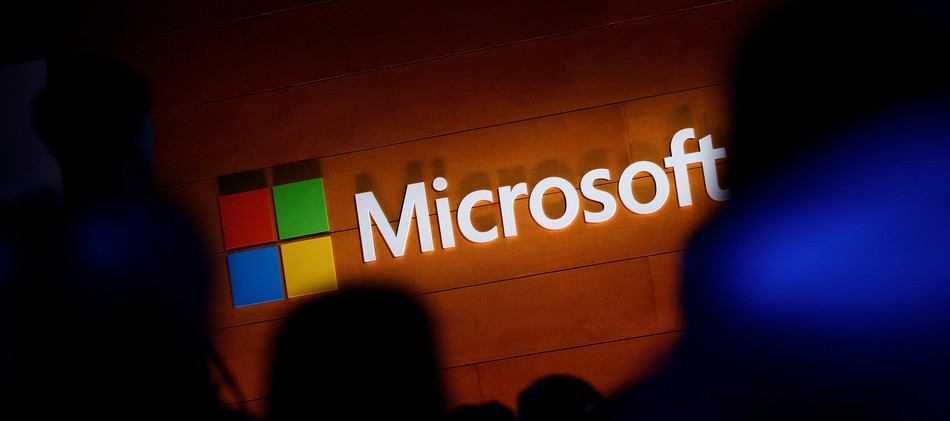
- Success stories
Secrets of Microsoft’s success
Do you want to know how to make money from this?
Register for free and get expert advice, access to a training course and webinars.
The global technology giant Microsoft has consistently maintained its position as one of the leading software development companies, and recently regained its title as the world’s most valuable company, surpassing Apple in market capitalization.
In this article, we delve into the factors that have contributed to Microsoft’s enduring success and its remarkable resilience in the ever-evolving technology landscape.
Company business model
For a considerable period, Microsoft held a commanding position in the computing industry, primarily due to its ubiquitous Windows operating system and the widely adopted Microsoft Office suite. However, in recent years, the company’s dominance has gradually waned amidst growing competition from tech giants like Google and Apple. In April 2014, Microsoft made a strategic shift, recognizing the need to adapt to the changing technological landscape. The company pivoted its focus towards enhancing the compatibility of its Windows software with devices produced by its competitors, such as the iPad.
Furthermore, Microsoft has developed several successful hardware products, including the Microsoft Surface and Surface Pro, which aim to rival Apple devices like the iPad.
Despite these efforts, Microsoft faced several challenges in adapting to the evolving market. In an era of readily available low-cost alternatives, selling paid software became increasingly difficult. Additionally, the traditional PC market was gradually being eroded by the growing popularity of tablets and smartphones.
Microsoft leadership
For a prolonged period, Microsoft found itself in a state of stagnation. This was primarily a result of intensifying competition and an inability to keep pace with the evolving market landscape. At one juncture, it appeared that the Microsoft brand was losing its relevance. Nonetheless, in 2014, Microsoft CEO Satya Nadella unveiled a transformative business strategy that placed a strong emphasis on product integration, a “freemium” software model, and a resolute focus on cloud computing.
Microsoft Azure, the company’s cloud computing platform, has since carved out a substantial presence in the global market, ranking second only to Amazon Web Services. In fact, it now contributes to a significant portion of Microsoft’s total revenue.
In 2022, Microsoft’s revenue surpassed an impressive $198 billion, while operating profit reached an equally impressive $8 billion. According to the latest figures, Microsoft’s market capitalization stood at an unprecedented $2.887 trillion.
It is also crucial to acknowledge the enduring success of Microsoft Office. This product has expanded its market share by adopting more flexible pricing structures and releasing updated versions. Office boasts a formidable brand reputation and effectively caters to market demands, particularly in light of the growing prevalence of file sharing in business transactions.
Microsoft’s ubiquity
It’s no secret how Microsoft is so ubiquitous – a constant reminder in the daily lives of those who use its products. Millions of people see the Microsoft logo when they turn on their computer.
By combining all versions of Windows, Microsoft has almost 75% of the PC operating system (OS) market. The company has a strong brand and users are very familiar with this OS. It comes with most new personal computers, confirming and cementing its broad position in this category.
Microsoft’s cloud services segment is one of several key players in the global market, but storage and related services are largely commercialized. Amazon.com Inc. (AMZN) dominates the industry with a 32% share, followed by Microsoft with 20% and Google Cloud with 9%.
Microsoft is no longer in the crude experimentation stage that characterizes young and growing companies. Rather, its modus operandi is to create streams of profitability and then maintain and expand them.
Do you want to know
How to make money from the news
Register for free and get:
- Expert consultation;
- Access to the training course;
- Opportunity to participate in webinars

